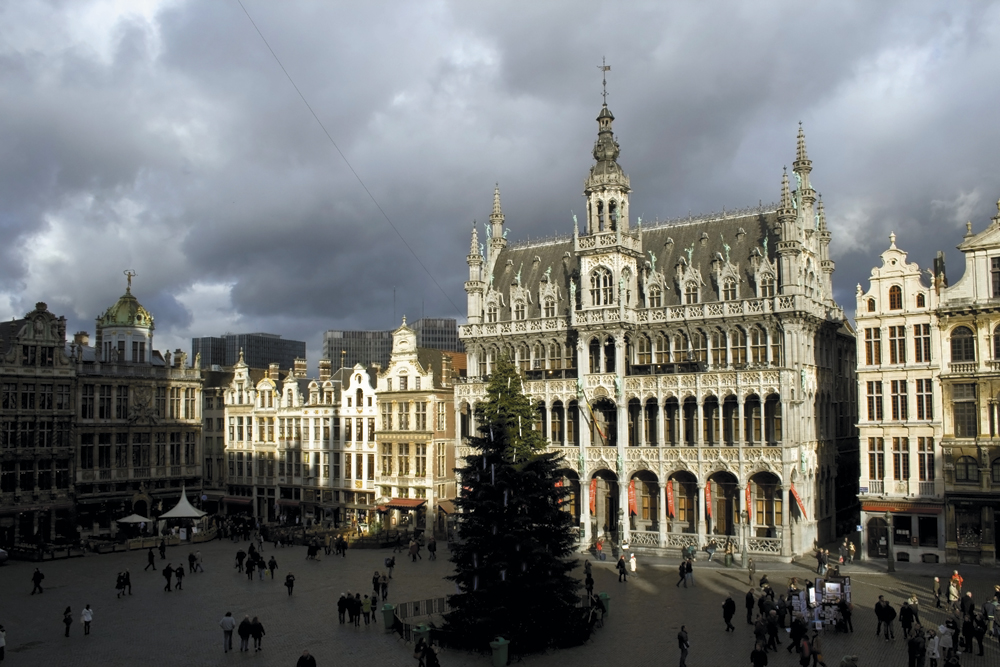The economic recession that is just now starting to subside has affected every aspect of students’ lives, especially the job market.
Architecture jobs lacking in 2011
The economic recession that is just now starting to subside has affected every aspect of students’ lives, especially the job market. At Portland State, the Architecture Department is gearing up for a tough year, during which many graduates will not be able to find work in their field.
“In Portland, the architecture market has experienced a lot of layoffs, making it very difficult for new graduates,” said Career Center Director Greg Flores.
Flores said that the construction industry is very closely tied with the fields of architecture and engineering. Because of this close relationship, and the decrease in construction over the past few years, the architecture and engineering job markets have taken a blow as well.
According to a report from the Bureau of Labor Statistics, the job market for architects is expected to increase by 16 percent in the coming years.
“But that growth is tied to the recovery of the construction industry,” Flores said.
According to this report, there are over 141,000 architects currently employed. But it is expected that by 2018 there will be over 164,000 employed architects.
When the expected economic growth does come, it is predicted that the architecture field will fare very well, according to Architecture Department Chair Clive Knights.
“When the economy turns, our profession is often one of the first to feel the benefit as developers get building projects underway again, so we are a good barometer of change, both up and down, in economic fortune,” he said.
At PSU, Knights said the program is responding to the decreased job market by trying to connect students with firms while they are still in school. He said that they have developed graduate courses that work with the local American Institute of Architects fellows to help build professional relationships while they are still working towards their degree.
In addition, the department brings in about 100 architects to work with students each year.
The architecture program at PSU has become increasingly competitive, according to L. Rudolph Barton, a professor in the department.
“Only 45 to 48 percent of undergraduate students continue into their third year,” Barton said. “We just don’t have the budget to deal with more [students].”
Barton said that the undergraduate architecture program at PSU—the only other architecture program in the state apart from the University of Oregon—provides students with a very broad-based education. Through the program, students gain both technical architecture skills and critical thinking abilities.
Because of the broad education that the program provides, many graduates end up in various design fields other than architecture, such as product design, film, gaming, industrial or graphic design and branding, according to Knights.
“By the time they are through their curriculum, they have the ability to see and think spatially, and to deal with problems in a comprehensive way,” Barton said.
Regardless of the how well the PSU architecture program prepares its students, the fact remains that “there are more jobs outside of Portland” for recent graduates, Barton said.
“Portland is typically behind the job curve in architecture compared to other places where building and development is going on,” he said.
Barton thinks that the job market will come back slowly with the recovery of the economy. The market for architecture jobs is always cyclical. When there is development, there is more work for architects, and when the economy is down and there is no development, architects are out of work.
Flores urges students to gain any kind of experience related to their field while still in school. The more one has to offer employers, the more one will stand out from other applicants, he said.
According to Flores, because the competition for jobs has increased in every field, graduates now have to work much harder to get that first interview and to eventually get the job they want.
“Your portfolio needs to be that much stronger, you need to work harder to prove yourself as an intern,” Flores said. “You have to let them know you want the opportunity more than the next person.”
Flores said the Career Center will be having an engineering and technology job fair on Feb. 15 and an all-majors career information day on Feb. 16. All students are encouraged to come and meet with the nearly 100 employers that will be there.?



